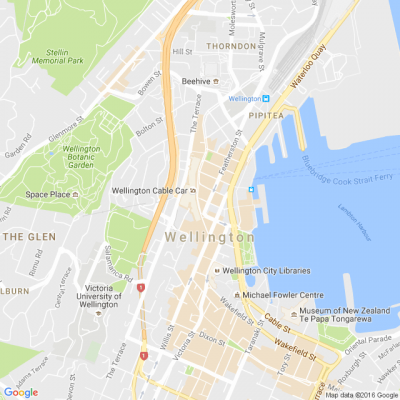Waitangi Day at He Tohu – ‘Walking backwards into the Future’
Date: Thursday, 6 February, 2020
Time: 9am to 5pm. He Tohu tours will run every half hour from 9:30am. Tours are 20 mins long. Last tour at 4pm. Bilingual tours at 11am and 2pm.
Cost: Free event.
Location: Te Ahumairangi (ground floor), National Library, corner Molesworth and Aitken Streets, Thorndon
‘Walking backwards into the future’
‘Walking backwards into the future’ — is an expression that asks us to use our experiences to build a positive future. Bring the family to the National Library on Waitangi Day and see the Treaty of Waitangi. Learn about New Zealand's constitutional past to help you imagine the future.
‘Walking backwards into the future’ encourages us to look at where we’ve come from and the journey that still lies ahead. It asks that we use our experiences to build a positive future.
Celebrate Waitangi Day at He Tohu
Waitangi Day at He Tohu is an opportunity for you and your whānau to see the Treaty of Waitangi. Activities will include:
•whānau and bilingual He Tohu tours
• a reading corner with books/ comics and other Treaty resources
• film from Nga Taonga Sound and Vision, and
• a kids’ craft table with Treaty-related activities to help the new generation walk backwards into the future.
He Tohu tours will run every half hour from 9:30am. Tours are 20 mins long. Last tour at 4pm. Bilingual tours at 11am and 2pm.
Storytelling with acclaimed storyteller Apirana Taylor
In between the two bilingual tours of He Tohu, acclaimed storyteller Apirana Taylor will delight audiences of all ages with two story sessions.
Wellington City Libraries will host the two sessions at He Matapihi on the Ground Floor of the Library. Each session will last (around) 40 minutes.
Apirana will tell the following stories:
•11.30am — 'Talking flutes: stories for the young'
• 1.00pm — 'Pūrākau: children’s stories by Apirana Taylor'
See the Treaty of Waitangi
The Treaty of Waitangi is not a single large sheet of paper but a group of nine documents: seven on paper and two on parchment. Together they represent an agreement drawn up between representatives of the British Crown on the one hand and representatives of Māori iwi and hapū on the other.
Te Tiriti o Waitangi is named after the place in the Bay of Islands where it was first signed on 6 February 1840, but it was also signed in a number of other locations around the country in the following months.
See all nine sheets when you visit the He Tohu exhibition. Get a head start and have a look at the Archives New Zealand online exhibition about the Treaty of Waitangi.

Poll: Do you think banning gang patches is reasonable?
With the government cracking down on gangs, it is now illegal for gang members to display their insignia in public places whether through clothing or their property.
This means arrests can be made if these patches are worn in places like restaurants, shops, on public transport or ferries, and on airplanes. Arrests were made recently at a funeral.
Do you think this ban is reasonable?

-
76.9% Yes
-
22.2% No
-
0.9% Other - I'll share below
What's your favourite recipe for courgettes?
Kia ora neighbours. If you've got a family recipe for courgettes, we'd love to see it and maybe publish it in our magazine. Send your recipe to mailbox@nzgardener.co.nz, and if we use it in the mag, you will receive a free copy of our January 2025 issue.

Think You’ve Got the Answer? Today’s Riddle Says ‘Prove It’!
If eleven plus two equals one, what does nine plus five equal?
Do you think you know the answer to our daily riddle? Don't spoil it for your neighbours! Simply 'Like' this post and we'll post the answer in the comments below at 2pm.
Want to stop seeing riddles in your newsfeed?
Head here and hover on the Following button on the top right of the page (and it will show Unfollow) and then click it. If it is giving you the option to Follow, then you've successfully unfollowed the Riddles page.







 Loading…
Loading…























